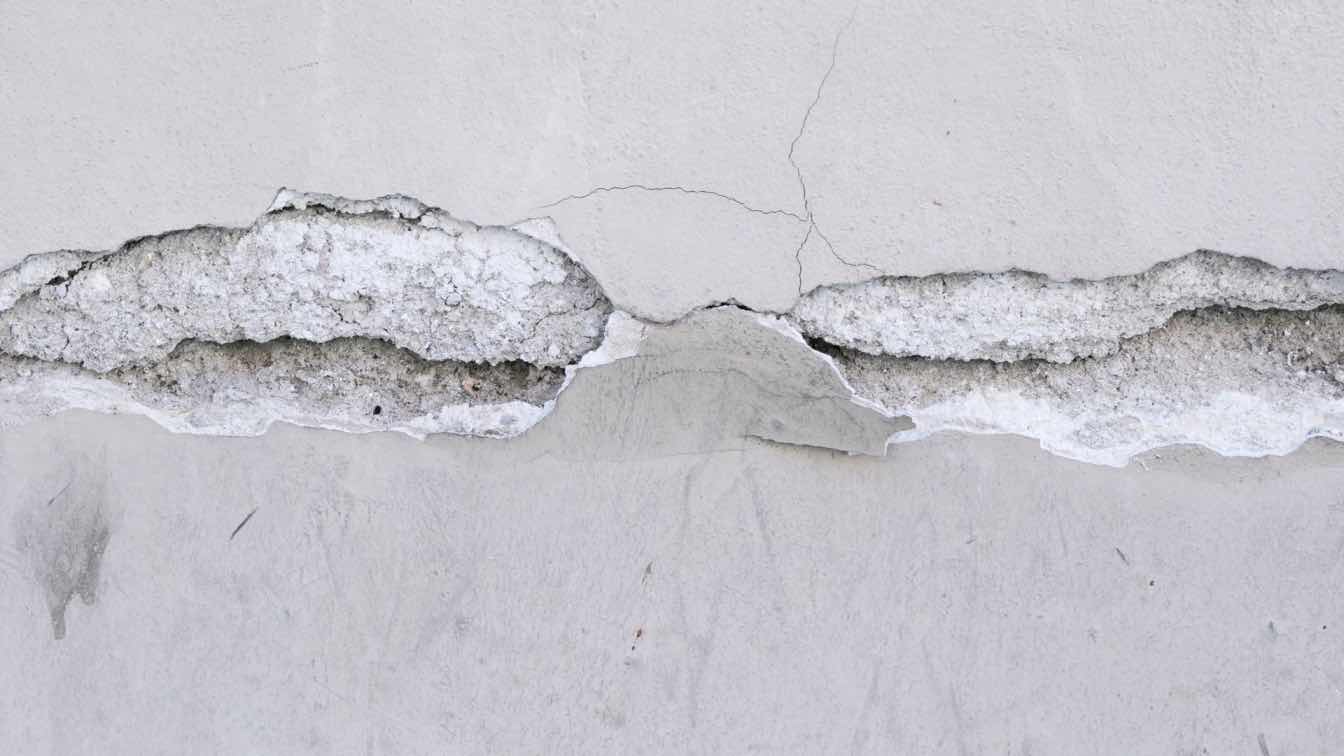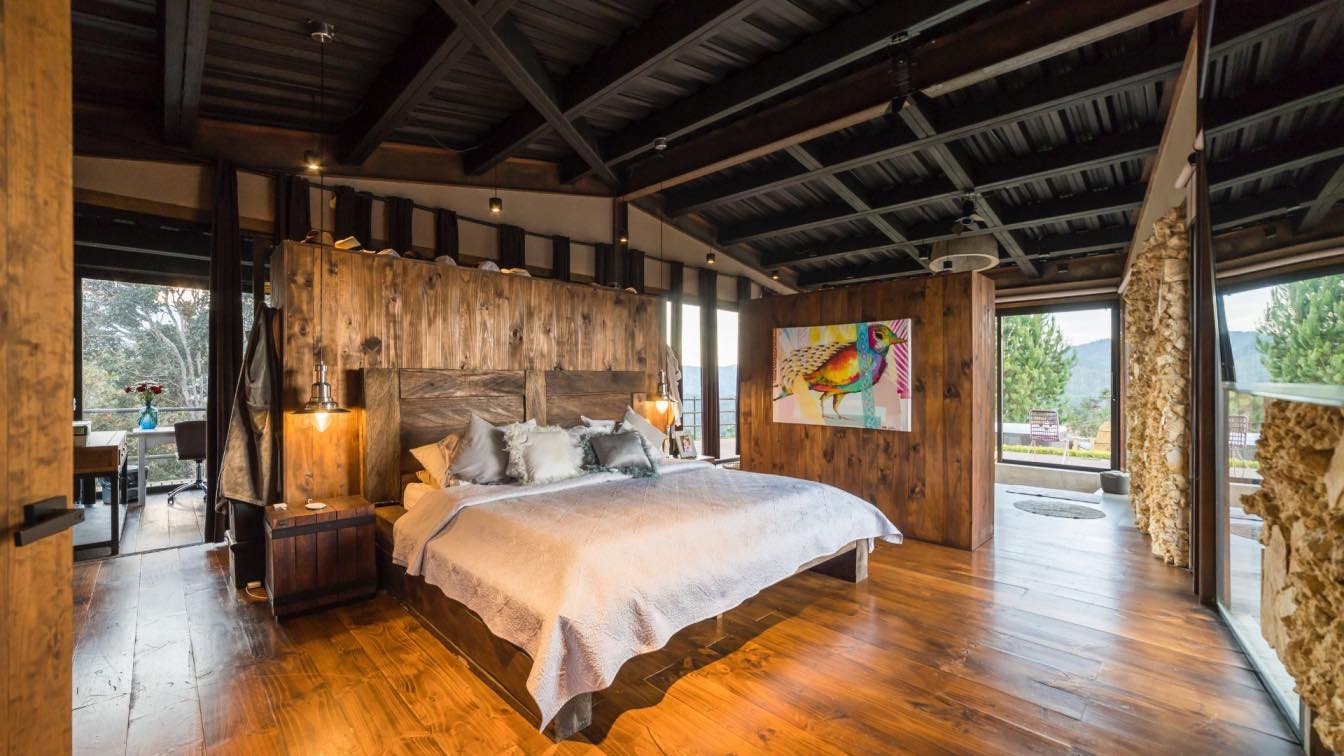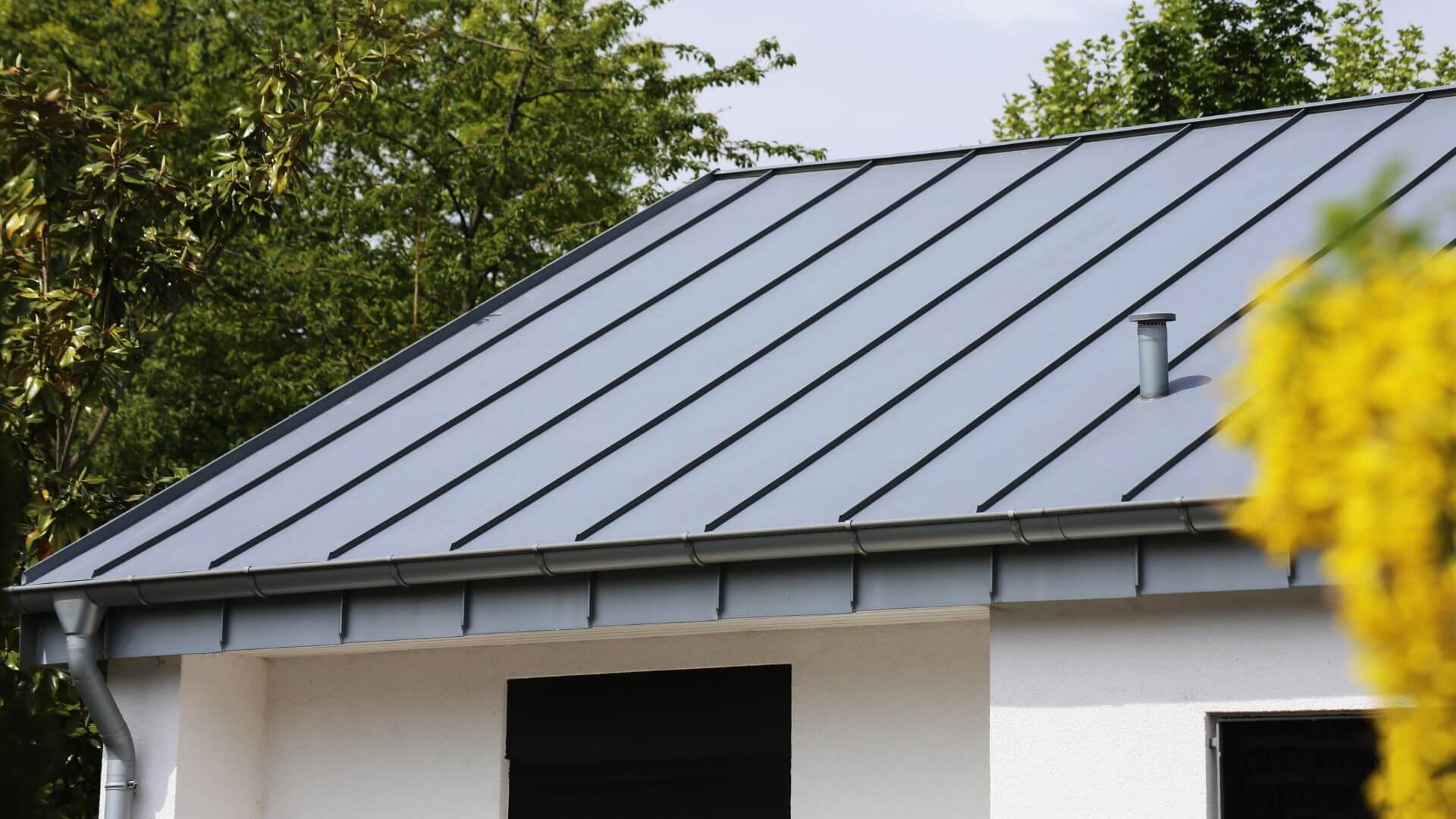As homeowners, we often focus on the aesthetic elements of our homes, like the interior design or the curb appeal. Still, there is one factor that can silently destroy the integrity of your home from the inside out—pests. Termites, rodents, and other pests can wreak havoc on a property, causing structural damage that might go unnoticed until it’s too late.
This is where pest control becomes crucial in preserving a home's longevity and stability. By understanding the role pest control plays in maintaining a house's structure, homeowners can take proactive steps to prevent costly repairs and ensure their home remains safe and secure. Regarding safeguarding your property from the risk of structural damage, pest control services are an essential investment that should not be overlooked.
How Pests Damage Your Home's Structure
Building structures experience major damage from pests, although they might appear insignificant at first glance. Termites cause the most severe damage because they consume wood and steadily destroy the house framework without producing noticeable signs of destruction. An untreated structural damage caused by this process will eventually lead to collapse. The structural damage caused by rodents includes their destructive behavior that tears through wires and insulation and attacks structural beams. The small holes that pests create at first appear harmless will eventually expand to threaten the security and stability of the house.
Rodents' movement patterns through walls and ceilings lead to dangerous bacterial and mold conditions, and these animals spread various diseases. These issues lead to house deterioration and health risks for residents. Pests usually inflict hidden damage until proper detection methods identify them, so homeowners must implement early prevention strategies. Regular pest control investments protect homeowners from expensive structural damages, which frequently devastate buildings.
The Role of Pest Control in Architecture
The fundamental goal of architecture is to build structures that demonstrate longevity. A structure designed well will suffer damage when pests invade its unprotected space. Pest control is an essential element that architects must consider in their work. Modern architecture professionals integrate pest-defending aspects into their design work to protect buildings from pest-caused damage. The protective measures include barrier installations for termite prevention, pest-resistant building materials, and ventilation systems that avoid pest-attracting conditions.
Pest control services extend beyond managing current infestations. Preventing future issues requires designers to identify weak points in their homes' structure and develop strategies to address these potential problems. A solid foundation design will stop termites from reaching the wood that supports the walls. When attic and crawl space areas remain dry and adequately ventilated, rodents cannot establish a shelter. Architects can minimize future damage through professional pest control collaboration, which enables the proper incorporation of preventive construction measures.
Why Regular Pest Control Is Essential
Early pest control intervention remains crucial for preserving home structure because waiting for damage discovery risks significant structural damage. Pests inflict substantial harm that stays hidden until it becomes too late to stop costly repair expenses. Property owners who detect pests early will save money on expensive repairs while protecting their valuable possessions. Pest control requires continuous attention since it cannot be resolved with a single intervention. A home must receive regular inspections and treatments to prevent future pest infestations and maintain its safety against unknown threats.
Pest control services provide complete annual protective measures against termites, ants, and rodents, which are common household pests. The services combine routine assessments with treatment procedures and protective measures that stop pests from entering the property. The choice of ongoing pest protection allows homeowners to prevent later expenses from extensive property damage. A pest-free environment remains crucial for home stability and health preservation because it protects your residence from significant damage.
Conclusion
As a homeowner, you must protect your property from pest-caused structural harm because it represents a key responsibility of home ownership. The threats to your home foundation exist through termite infestations and wall damage from rodents, which become noticeable only after the damage has reached a critical stage. The maintenance of your home structure depends heavily on pest control because implementing preventive strategies during property design and upkeep will protect your house from pests for many years. Regular pest control services create short-term and long-term benefits for the health of your home.





